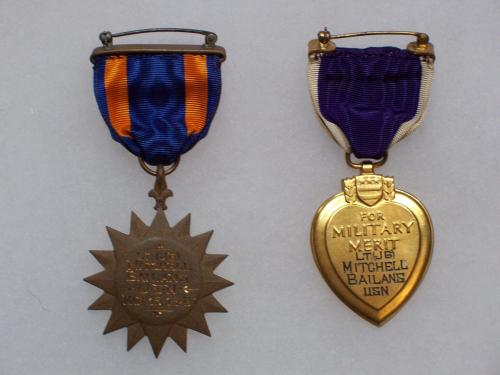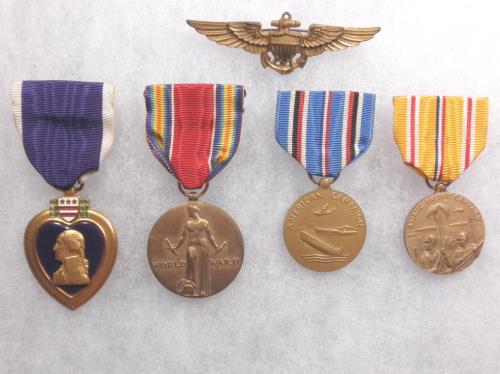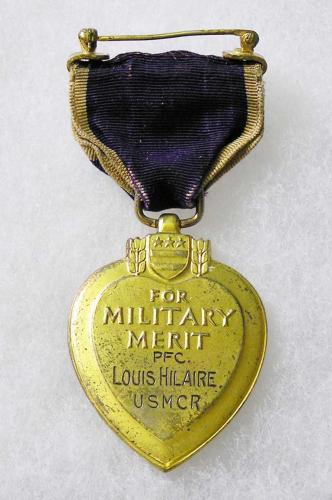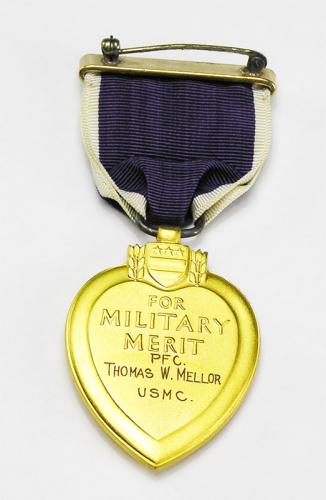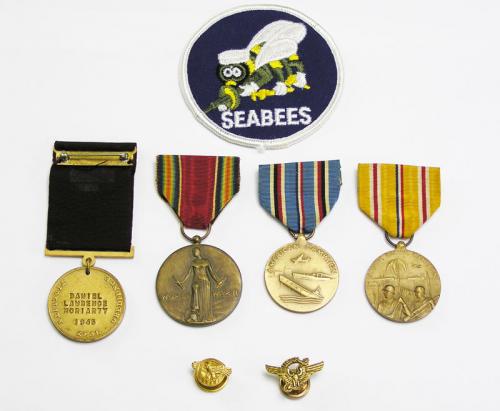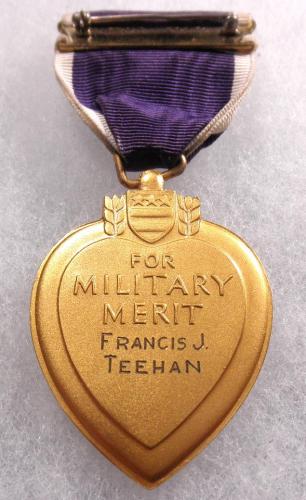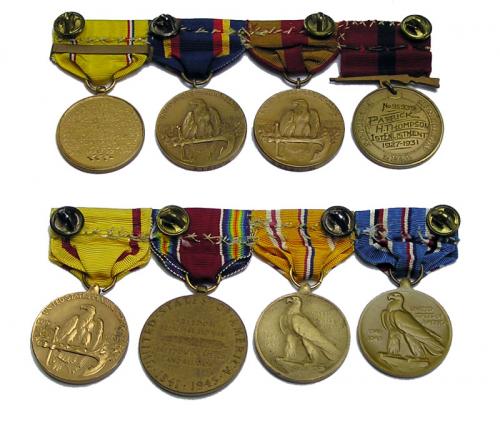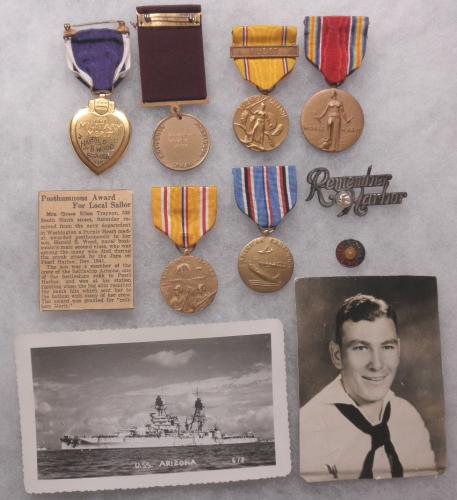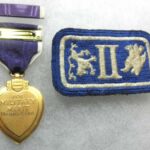The history of the Regiment is as follows: "15 September 1940 inducted into the federal service in Allentown, Pa. and moved to Camp Pendleton, Virginia 24 September 1940; transferred to Camp Stewart, Georgia 22 February 1941 and Fort Hamilton, New York 12 December 1941; arrived at Brooklyn, New York 22 December 1941 and Fort Wadsworth, New York 1 January 1942; located to Bayonne, New Jersey 7 June 1942 and staged at Camp Kilmer, New Jersey 21 July 1942 until moved to Fort Dix, New Jersey 12 September 1942 and departed New York (POE) 1 November 1942; landed at Casablanca, North Africa 18 November 1942. This was 10 days after the Operation Torch landings." In order for Geis to be where he was on November 22, they would have had to land in Algeria, not Casablanca. In a personal memoir by Edward A. Goldschmidt,(on the web) he states that he was a member of the 213th and that they landed at Charlie Red Beach near Algiers. This discrepency has yet to be resolved.
The group includes Pfc Geis' officially engraved posthumous Purple Heart and its early un-titled presentation box plus a II Corps patch. There is a large amount of paperwork with this group including his IDPF. This is a rare KIA Purple Heart, from a small unit, as only about 600 American deaths occured in North Africa in the actions of that time frame. Other internet information states that only 15 members of the 213th died in combat.
Pfc Michael Gies was from New York; born on January 17, 1907. He enlisted in the army June 11, 1942 at Fort Jay, Governors Island, New York. In all likelihood he then joined the 213th which at that time was in New Jersey.
Pfc Geis was in Battery E, 213th Coast Artillery (AA) at Souk el Arba airfield in Tunisia, on November 22, 1942, when he was killed by gunshot, just 4 days after his arrival in Africa. He was buried the next day in a temporary American cemetary at Souk el Arba.
The speed with which the Allies moved to Souk el Arba was incredible. Internet research indicates that the 213th landed in Algiers on November 18. They moved about 400 miles east in just a few days. At that time, two squadrons (thirty-six aircraft) of Royal Air Force Spitfires were stationed at Souk el Arba airfield. It is presumed that the 213th was providing AA cover for the airfield. Since Pfc Geis is listed as dying of gunshot wound, it is probable that his postion was strafed by German aircraft which were stationed in Tunisia.
|
SOLD to a collector 04-2021
